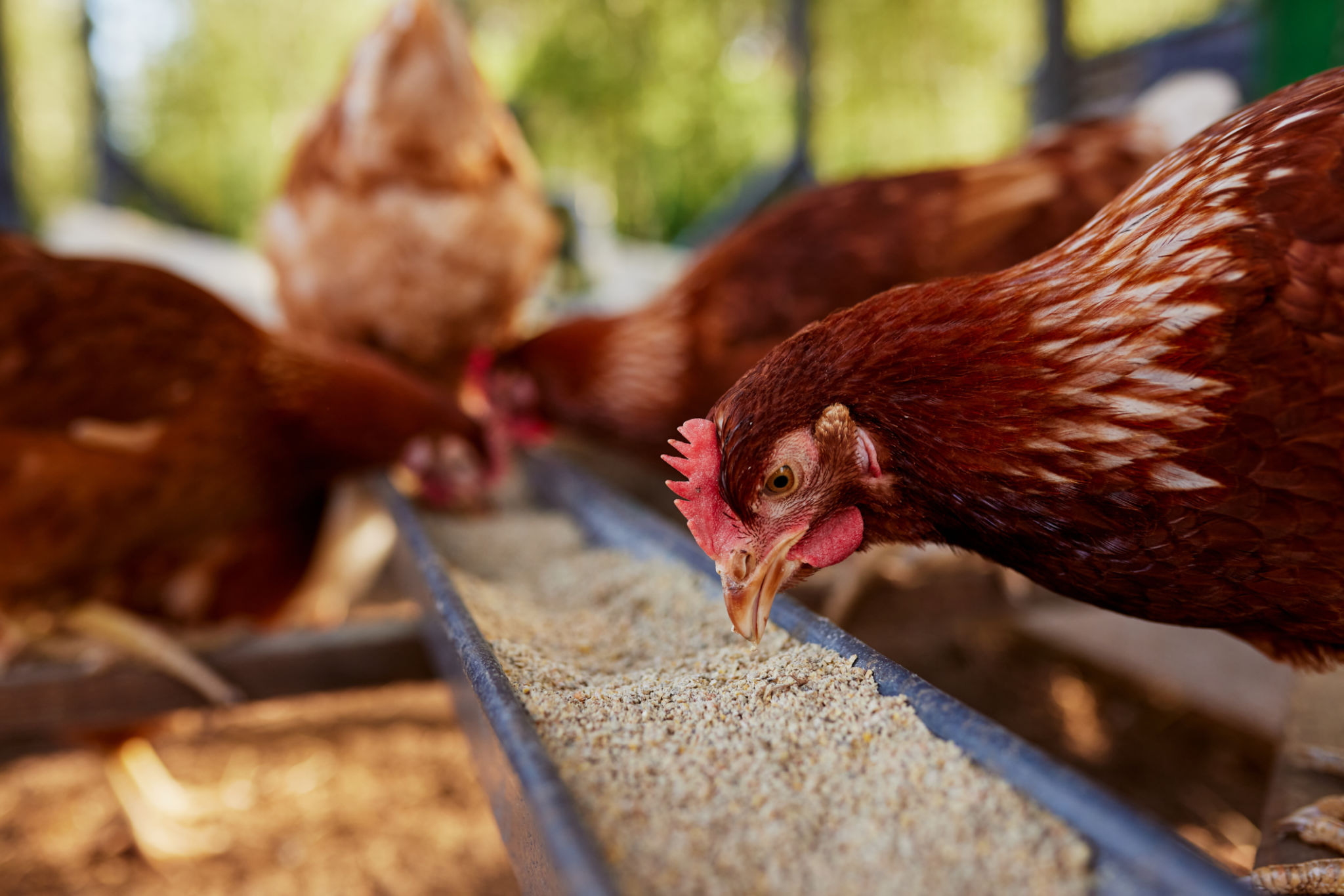Why Red Barn Restorations Are Essential for Alberta Farmers
The Importance of Red Barns in Alberta's Agricultural Landscape
Red barns have long been a symbol of North American agriculture, and in Alberta, they hold a special place in the hearts of local farmers. These iconic structures are not just aesthetically pleasing; they are integral to the functionality and heritage of farming communities. Understanding why red barn restorations are essential can shed light on their enduring value.

Historical Significance
The tradition of painting barns red dates back centuries and is steeped in practicality. Historically, farmers used a mixture of linseed oil, milk, and iron oxide to protect barn wood from decay. Iron oxide, or rust, gave the paint its distinctive red color. This practice has continued over the years, and red barns have become a recognizable feature of the rural landscape. Restoring these barns helps preserve this rich history and cultural identity.
Functional Advantages
While the color red is visually appealing, the main reason for restoring barns lies in their functionality. A well-maintained barn is crucial for protecting livestock, storing equipment, and keeping harvested crops safe from the elements. In Alberta's harsh climate, where weather conditions can be unpredictable, ensuring that barns are in top condition is vital for farm operations.

Economic Benefits of Restoration
Investing in barn restoration can lead to significant economic benefits for farmers. A sturdy, well-maintained barn can increase the overall value of a property. Additionally, using modern restoration techniques and materials can improve energy efficiency, reducing costs associated with heating and cooling the structure. This approach not only protects valuable assets but also enhances farm profitability.
Preserving Agricultural Heritage
Restoring red barns is not just about maintaining buildings; it's about preserving Alberta's agricultural heritage. These structures are often passed down through generations, serving as a testament to the hard work and dedication of farming families. By investing in restoration, farmers ensure that future generations can continue to appreciate and benefit from these iconic landmarks.

Sustainability and Environmental Impact
Beyond historical significance and functionality, barn restorations support sustainability efforts. Using eco-friendly materials and techniques during restoration can minimize environmental impact. This sustainable approach aligns with broader goals of preserving natural resources and promoting environmentally responsible farming practices.
Community and Cultural Impact
Red barns often serve as community landmarks, bringing people together during events and activities. Restoring these structures can strengthen community bonds and foster a sense of pride among local residents. Additionally, they contribute to the visual appeal of rural landscapes, attracting visitors and supporting agritourism initiatives.
The Future of Red Barns in Alberta
As agriculture continues to evolve, so too will the needs of farmers. However, the significance of red barns remains unchanged. Through restoration efforts, Alberta farmers can ensure these structures remain functional and relevant for years to come. By balancing tradition with innovation, they contribute to a sustainable future for the agricultural industry.
In conclusion, red barn restorations are essential for Alberta farmers not only for practical reasons but also for preserving a cherished part of their cultural heritage. By investing in these restorations, farmers safeguard their legacy while enhancing their operational efficiency and contributing to sustainable agricultural practices.